EPAZOTE
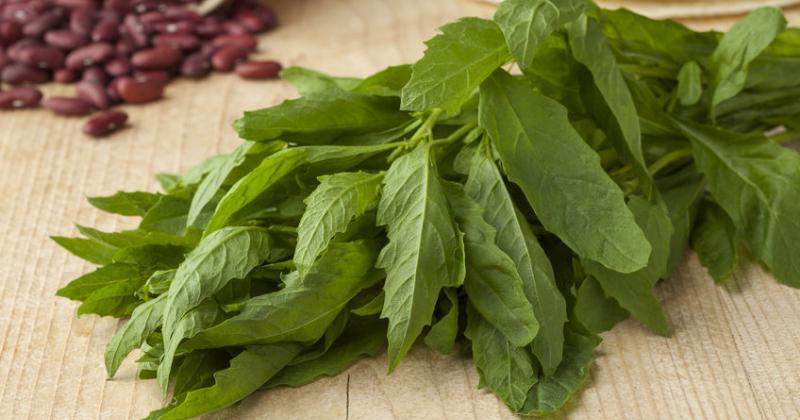 />
/>
Epazote (lat. Chenopodium ambrosioides L.) is a perennial herb of the Chenopodiaceae family. Epazote is a perennial aromatic plant reaching 100-150 cm in height. The root is long and pivotal. The leaves are alternate, pointed, narrowing towards the base, medium-sized, oval-elliptical in shape, dentate along the edge. read more ›
UVA URSI
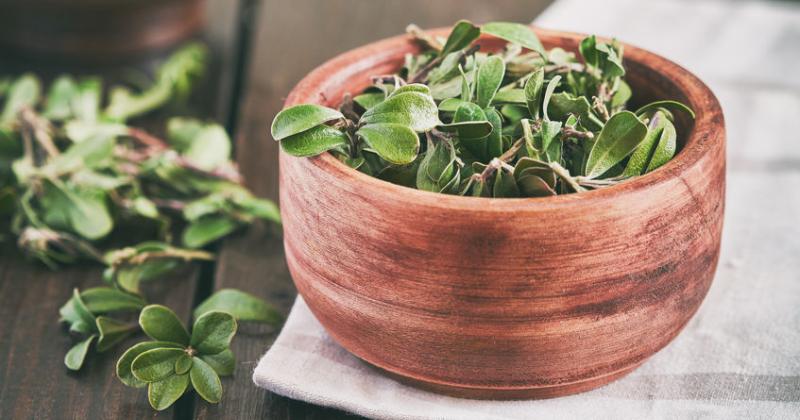 />
/>
It grows predominantly in dry pine forests and larch forests, mainly on sandy soil, in birch-larch woodlands, on the meadows, coastal rocks and scree, on gravelly places in the Alpine belt. It prefers open, well-lit places, does not like to grow near other plants. This plant is typical for the forest zone of the Northern Hemisphere. read more ›
EYEBRIGHT
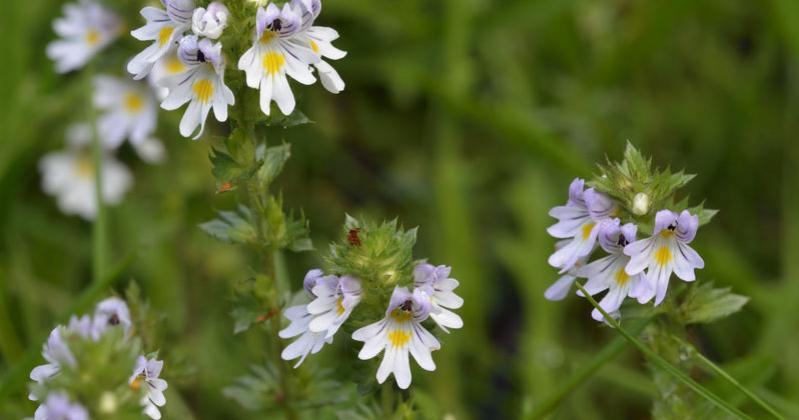 />
/>
The plant has a taproot capable of going deep into the soil. Haustoria often develop on the roots, with the help of which the herb attaches to the donor plant and nourishes. If Eyebright grows among the grasses or other useful plants, it can grow at the expense of them, but it will gradually dry out the “donors”. read more ›
WATERCRESS
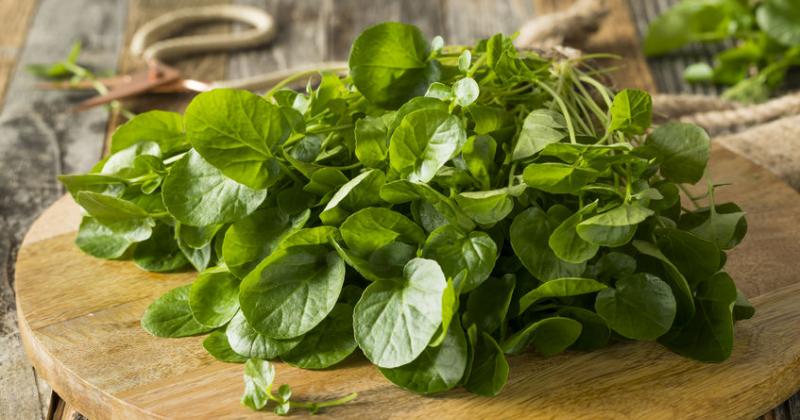 />
/>
Watercress is a perennial plant, reaching the height of 60 cm or more. A moisture-loving, relatively cold-resistant and shade-tolerant plant. The stem is hollow, creeping, usually rooting at the base. The leaves are green, simple, without stipules, pinnate, with wide petioles and 2-7 pairs of oblong or oval leaves. read more ›
AROMATIC CALAMUS
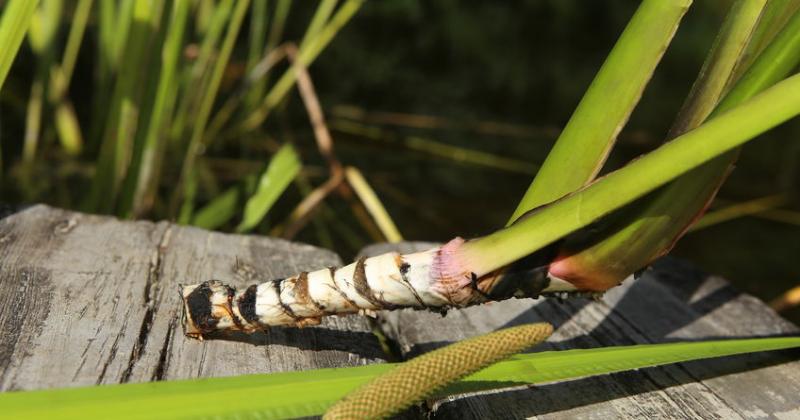 />
/>
Calamus is a perennial herb up to 60-100 cm height. The rhizome is thick, cylindrical, sinuous, covered on top with dark, broad leafy scars. The rhizome is located horizontally, almost on the surface, reaches a length of up to 1.5 m. Calamus roots are thin, fibrous and located in nodes. read more ›
SHEPHERD'S PURSE
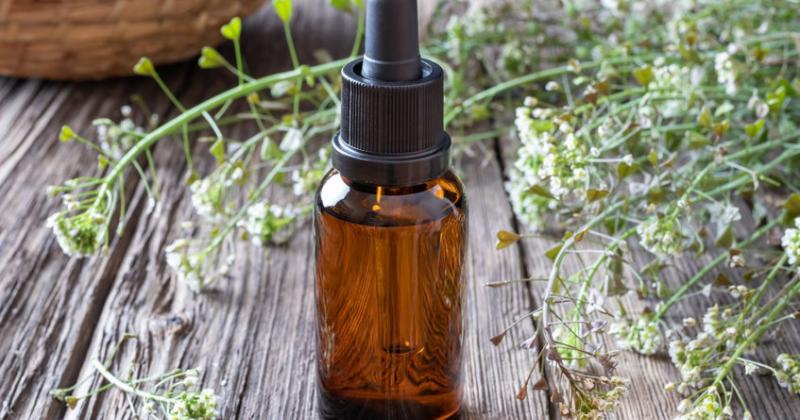 />
/>
Shepherd's Purse is found in Europe, India, and Western Asia. It is a widespread weed plant. It grows in the fields, gardens, near houses, along roads, along ditches, etc. It grows in temperate and subtropical regions of the globe. The reserves of the species are very large, many times greater than the need for raw materials. read more ›
WITCH HAZEL
 />
/>
Hamamelis virginiana has such popular names as "Witch Hazel" and "Witch Nut." The reason for this is its late flowering, unusual for other plants. The prevalence of the “Witch Nut” was much wider: in the Paleo-and Neogene periods of the Cenozoic era, Witch Hazel grew throughout Europe and North America. read more ›
CELANDINE
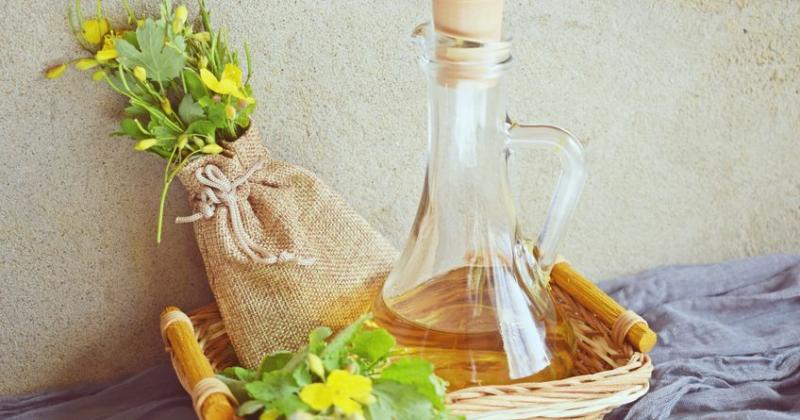 />
/>
The plant is found in light and shady broadleaf forests among bushes, less often in light coniferous forests, in groves and coastal shrubs. Celandine grows predominantly on nitrogen-rich soils. The ants that use seeds for food and carry them over long distances contribute to the widespread use of Celandine. read more ›
MEADOWSWEET
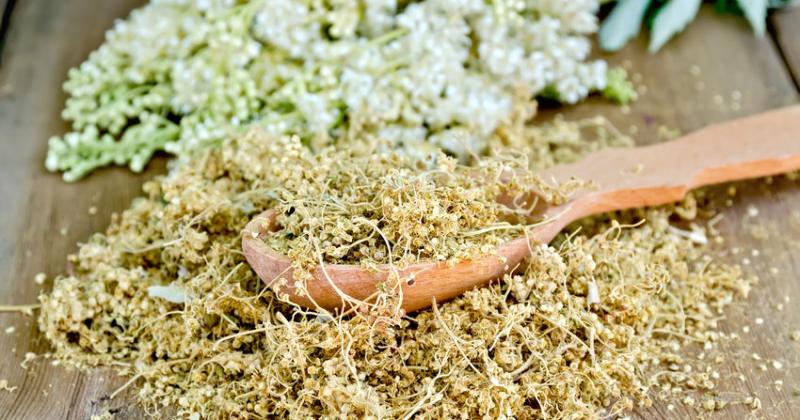 />
/>
Meadowsweet (Latin. Filipéndula Ulmaria) is a representative of the genus Filipéndula, of the subfamily Rosoideae, of the Rosaceae family. The generic name Filipendula is formed from "filum" (thread) and "pendulus" (hanging), because the root tubers seem to hang on filiform roots. The genus combines up to 10 species. read more ›
OREGANO
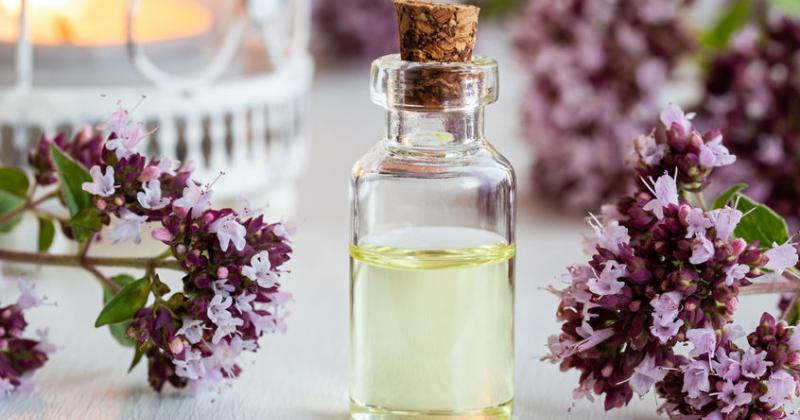 />
/>
Since the Middle Ages, Oregano has occupied an important place among Mediterranean herbs. The name of this fragrant plant with small green leaves is translated as "decoration of the mountains" or "mountain joy". Oregano is often confused with marjoram. Although these herbs are both with a tart spicy smell and are similar in appearance, they have different taste and healing properties. read more ›
GOLDENSEAL IS BETTER THAN GOLD
.png) />
/>
Hydrostis Canadensis is the only member of the genus Hydrastis. The genus belongs to the Ranunculaceae family, which also includes about sixty genera.
Hydrastis is a perennial herb with a powerful, fleshy brown-yellow rhizome and thin horizontal roots up to 6 cm long. read more ›
OMNIPOTENT BLACK CUMIN
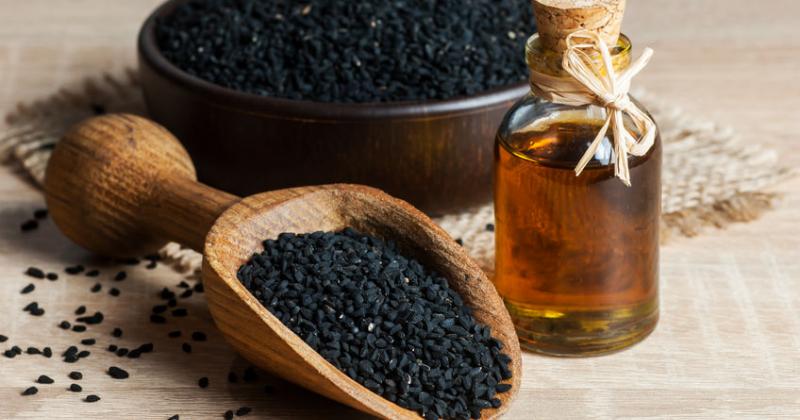 />
/>
The homeland of Black Seed is the Mediterranean and South-West Asia. The plant is common in the countries of the Mediterranean, Europe, Asia, and North Africa. Black Cumin is cultivated in India and Egypt. India is the main producer and the largest exporter of this herb. read more ›
CLOSER LOOK AT MAYAPPLE OR AMERICAN MANDRAKE
 />
/>
The plant contains deoxypodophillotoxin podophyllotoxin, dehydropodophillotoxin, α-peltatin, β-peltatin, quercetin, berberine, flavonoids and lignans.
In addition, the composition of the Podophyllum Peltatum include a broad spectrum of macro elements: potassium, magnesium, iron and trace elements: manganese, copper, zinc, cobalt, molybdenum. read more ›
UTIs
 />
/>
Escherichia coli. is the most typical cause of UTI . The second bacterial cause of UTI is Staphylococcus saprophyticus. The most common treatment for UTI is antibiotics, so bacteria have become resistant to antibiotics, and infections are very common. read more ›
ACEROLA
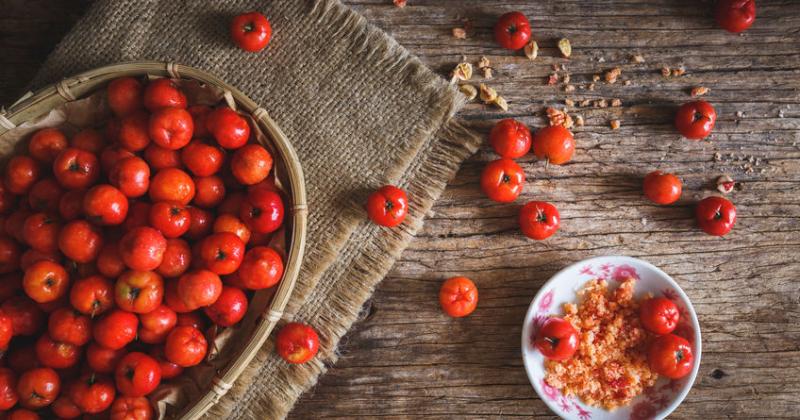 />
/>
Acerola is an evergreen tropical plant. It`s a large, dense bush or low tree, from 4 to 6 metres height and grows about the same in width. Numerous tree bodies are thin and look like reeds. The fruit is round or oval, looks like a cherry, but closer to citrus due to its properties. read more ›
ULTIMATE GUIDE TO MACA ROOT
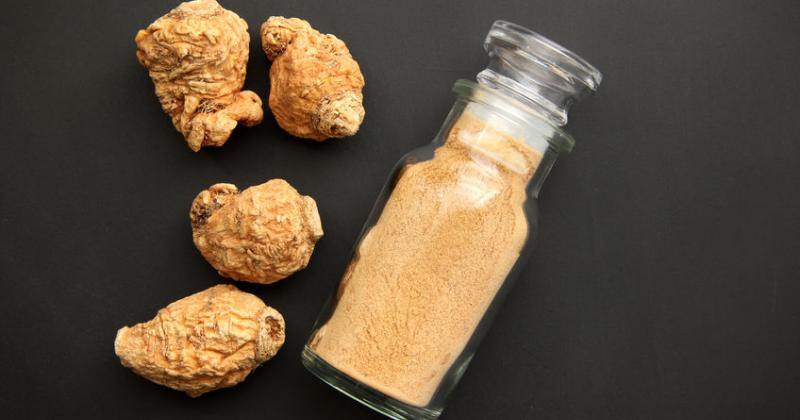 />
/>
Maca Root is a biennial herbaceous plant of the genus Lepidium. It has an edible pear-shaped root. It is usually of yellow, purple or black color. The root reaches weight up to 1 kg. Maca Root has thick pinnately-divided leaves and little flowers, gathered in racemous flower head. The seeds of the plant are tiny, ovate and are of red-gray color. read more ›
DANDELION WORKS ITS MAGIC
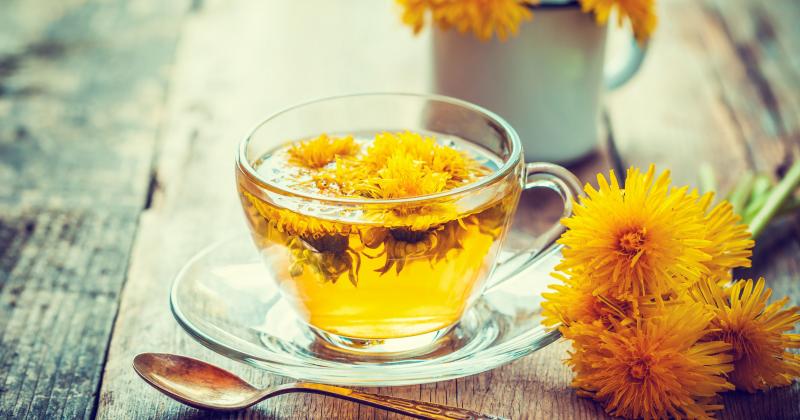 />
/>
This sunny flower was brought to America as a food crop. Now it is assimilated throughout Southern Africa, North and South America, Australia, New Zealand, India. It can be found in all 50 states and most Canadian provinces. read more ›
KEEP CALM AND EAT WILD STRAWBERRIES
 />
/>
The leaves of the plant contain B vitamins, ascorbic acid, carotenoids, organic acids (citric, quinic, malic), sugars, traces of essential oils, flavonoids in an amount up to 2% (mostly rutin), tannins (up to 9%), salt iron, manganese, cobalt, phosphorus. Fruits contain, in addition, folic acid, pectic substances. read more ›
NO MUD, NO LOTUS
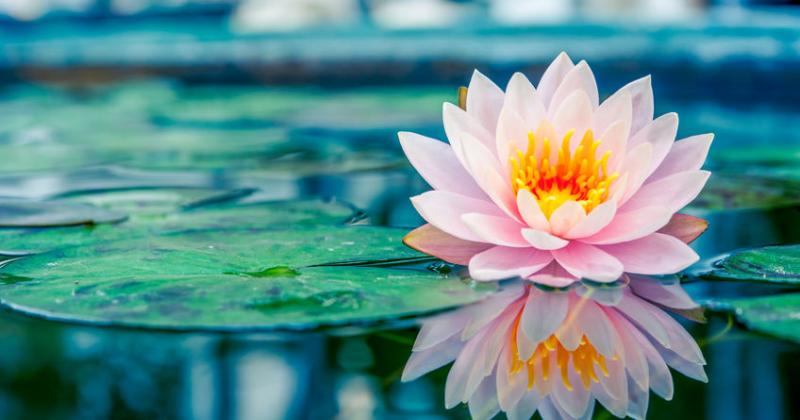 />
/>
A large number of active substances stipulates useful properties of this flower. The leaves of the plant contain flavonoids, leucoanthocyanidins and alkaloids; rhizomes are rich in tannins, starch, resin, and rubber and vitamin C are present in all parts of the lotus. read more ›
GINKGO BILOBA
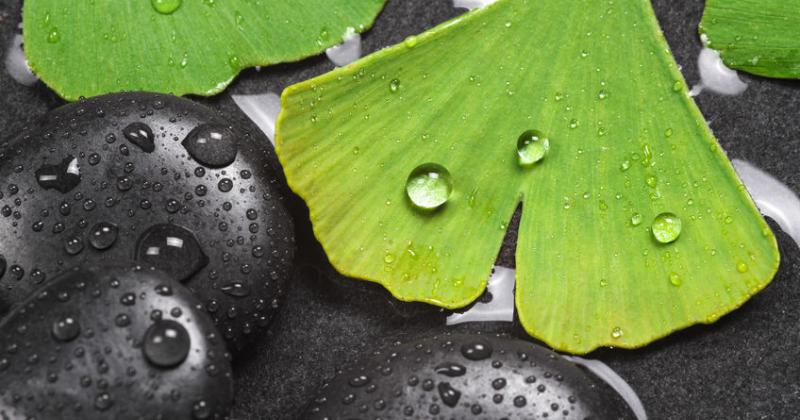 />
/>
Ginkgo trees usually reach a height of 20-35 meters. Ginkgo biloba has a superbly developed root system. The branches are naked and long, with bundles of leaves on top. Young trees are elongated and slender, with a wide-pyramidal crown. Over the years, the ginkgo crown grows, and its apex dulls. read more ›
